Discussing in the afternoon group on June 18 about the Draft Law on Cultural Heritage (amended), Venerable Thich Duc Thien (Dien Bien delegation) mentioned the regulations on the management of national treasures. The Venerable said that the current reality and the Draft Law also encourage agencies, organizations and individuals to search for, discover and bring Vietnamese antiques from abroad back to the homeland.
Increase incentive mechanisms
According to Venerable Thich Duc Thien, this policy of “repatriating antiquities” is very meaningful and in line with the spirit of “culture is the soul of the nation”. In the past, due to historical circumstances, wars, etc., many national antiquities are now scattered abroad. The policy of “repatriating antiquities” is extremely necessary and important, in order to preserve national pride and historical traditions.
“In recent years, some charitable organizations, businesses and overseas Vietnamese have contributed to repatriating some antiques, including antiques related to woodblocks, artifacts, paintings of famous painters... For example, through the relationship of the Buddhist Sangha, a temple bell from Japan was recently repatriated to Bac Ninh city. However, this process is stuck in the mechanism of tax exemption and reduction. When people commit to not trading or trading in antiques, there should be a mechanism to encourage this activity to spread widely,” Venerable Thich Duc Thien suggested.
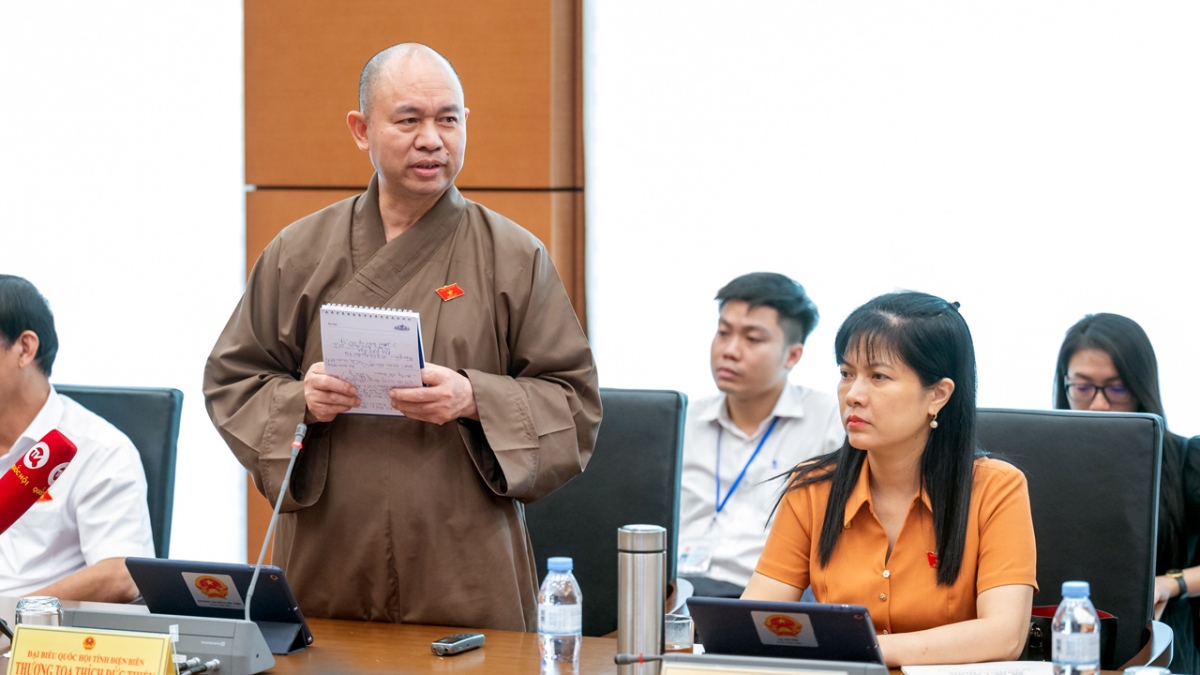
Regarding the provisions in the Draft on cultural heritage owned by the entire people and the State representing the owner, Venerable Thich Duc Thien said that, according to statistics from the Department of Cultural Heritage, Vietnam currently has about 41,000 scenic relics, including more than 4,000 national relics and more than 10,000 provincial and municipal relics. Among more than 4,000 national relics, there are 829 pagodas that are thousands of years old, and among more than 10,000 provincial and municipal relics, there are more than 3,000 pagodas, accounting for about 25% of the total number of Buddhist relics in Vietnam that are being managed and used.
“There are also inconsistencies in the terms of owner and user for Buddhist relics, between the Vietnam Buddhist Sangha, the abbots and the management category of the Culture sector. Currently, many pagodas are being used by the Vietnam Buddhist Sangha, but some are being owned by them. If we unify Buddhist relics as being owned by the entire people, it will be very difficult because in fact the Buddhist Sangha is managing them. We suggest that the Drafting Committee study and clearly define the roles and responsibilities of the users or owners of relics to resolve many inconsistencies in practice over the past years,” said Most Venerable Thich Duc Thien.
Clearly define the principles of protection zone 2 in the relic site
Concerned about the regulations on investment projects and construction works in the relic protection area, delegate Lo Thi Luyen (Dien Bien delegation) expressed her opinion that the regulations on construction of individual housing works in the heritage protection area in this Project compared to the previous law have more specific regulations, mentioning more about the possibility of negative impacts on the elements constituting the cultural landscape of the relic.
“Regulations on repairing, renovating and building individual houses based on the current status of existing works in the relic protection area, the construction of individual houses in areas outside the relic protection areas in the Project has been simplified and made more convenient for people. This regulation is suitable for reality, ensuring harmony, preserving the structural elements of the landscape of the relic components and relic areas, but ensuring the stability of the daily life of people living in the relic area”, Ms. Luyen assessed.

However, delegate Luyen also reflected on the reality in Dien Bien, in the recent past when implementing the current law, there have been some difficulties in the principles of determining protected area 1 and protected area 2 in the relic complex. Especially for determining protected area 2 in this law, the principles have not been clearly defined, only general regulations.
“At the local level, the determination of the protected area 1 of the relic is not consistent with that of neighboring localities. The distance between the boundary marker of protected area 1 and protected area 2 does not have specific principles for determining width, length, height, etc., so in the process of implementing works and projects in the protected area inside and outside the relic, there are negative factors. When individuals have an impact on the relic, they must have the consent of State agencies, but State agencies also face difficulties because the provisions in the Law are not clear,” responded delegate Luyen.
To resolve practical shortcomings and be consistent with the principle of ensuring national interests, in harmony with the rights and legitimate interests of community organizations and individuals in managing, protecting and promoting the value of cultural heritage relics, delegate Luyen proposed that the Draft Law on Cultural Heritage (amended) should specifically stipulate in the law the principles for determining the protection areas of 2 relics in the locality, in a clear direction so that all people can understand, creating more convenience for management agencies when organizing implementation.
Source: https://vov.vn/van-hoa/di-san/luat-di-san-van-hoa-tang-co-che-khuyen-khich-chinh-sach-hoi-huong-co-vat-post1102377.vov


![[Photo] President Luong Cuong receives Kenyan Defense Minister Soipan Tuya](https://vstatic.vietnam.vn/vietnam/resource/IMAGE/2025/4/17/0e7a5185e8144d73af91e67e03567f41)
![[Photo] Promoting friendship, solidarity and cooperation between the armies and people of the two countries](https://vstatic.vietnam.vn/vietnam/resource/IMAGE/2025/4/17/0c4d087864f14092aed77252590b6bae)
![[Photo] Prime Minister Pham Minh Chinh and Ethiopian Prime Minister visit Tran Quoc Pagoda](https://vstatic.vietnam.vn/vietnam/resource/IMAGE/2025/4/17/18ba6e1e73f94a618f5b5e9c1bd364a8)
![[Photo] General Secretary To Lam receives French Ambassador to Vietnam Olivier Brochet](https://vstatic.vietnam.vn/vietnam/resource/IMAGE/2025/4/17/49224f0f12e84b66a73b17eb251f7278)
![[Photo] Welcoming ceremony for Chinese Defense Minister and delegation for friendship exchange](https://vstatic.vietnam.vn/vietnam/resource/IMAGE/2025/4/17/fadd533046594e5cacbb28de4c4d5655)
![[Photo] Warm meeting between the two First Ladies of the Prime Ministers of Vietnam and Ethiopia with visually impaired students of Nguyen Dinh Chieu School](https://vstatic.vietnam.vn/vietnam/resource/IMAGE/2025/4/17/b1a43ba73eb94fea89034e458154f7ae)


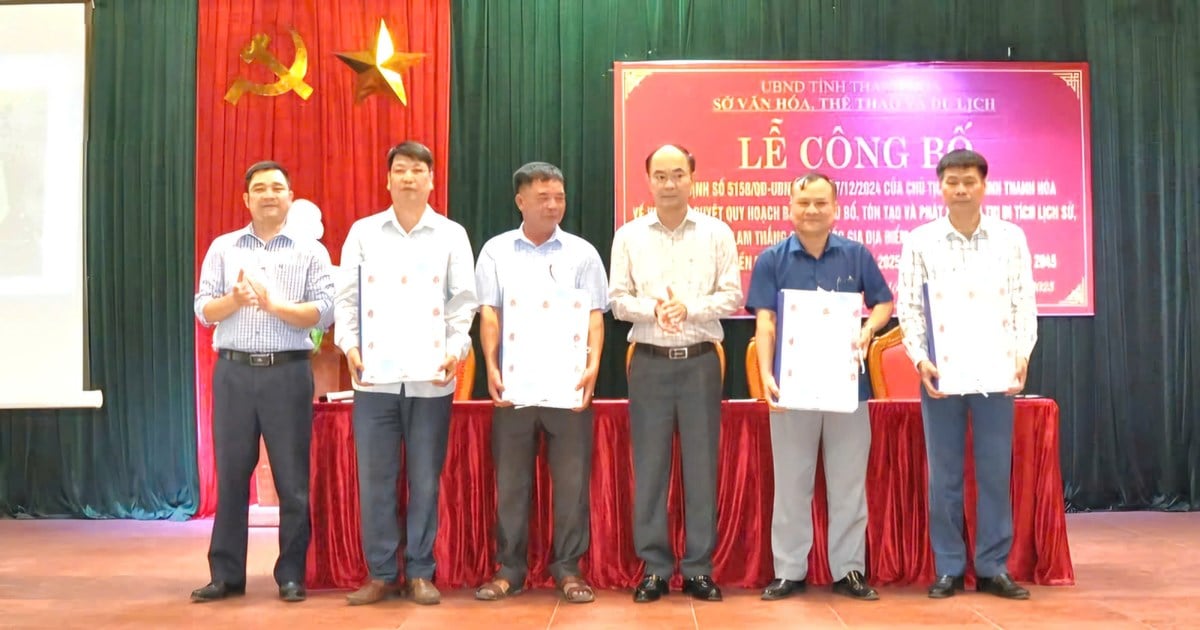
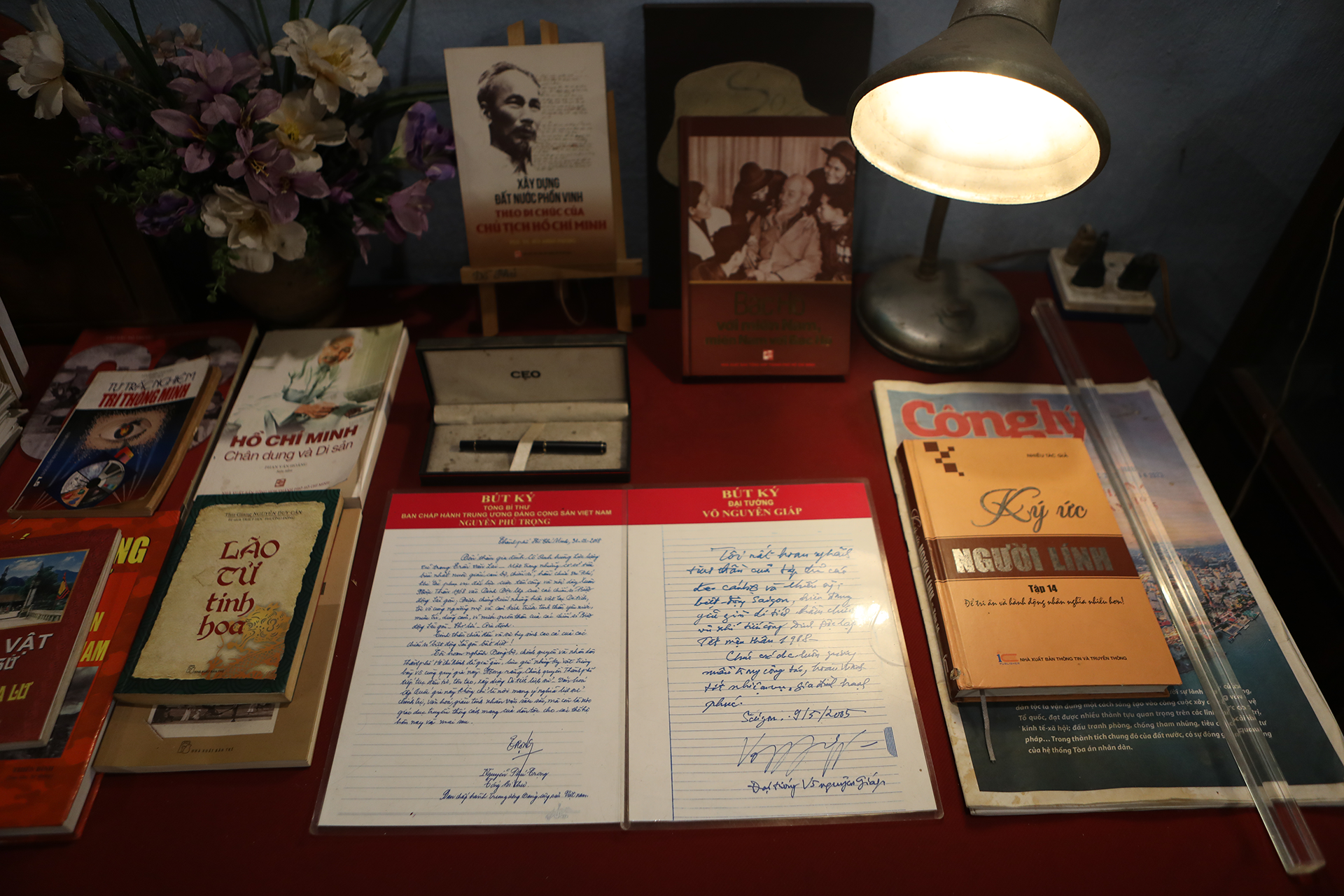

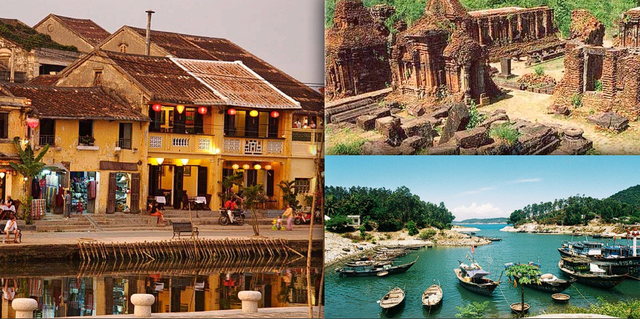

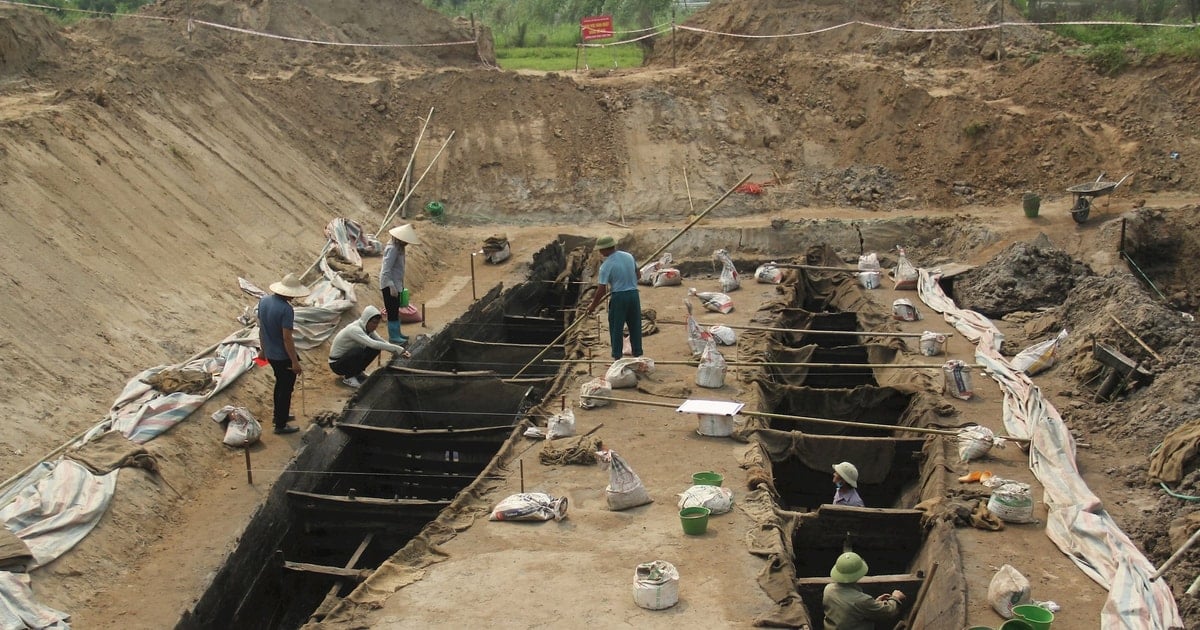




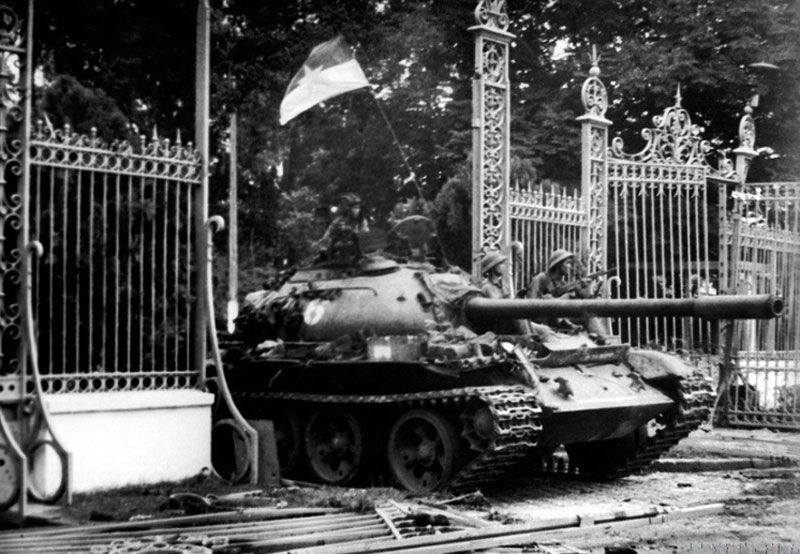

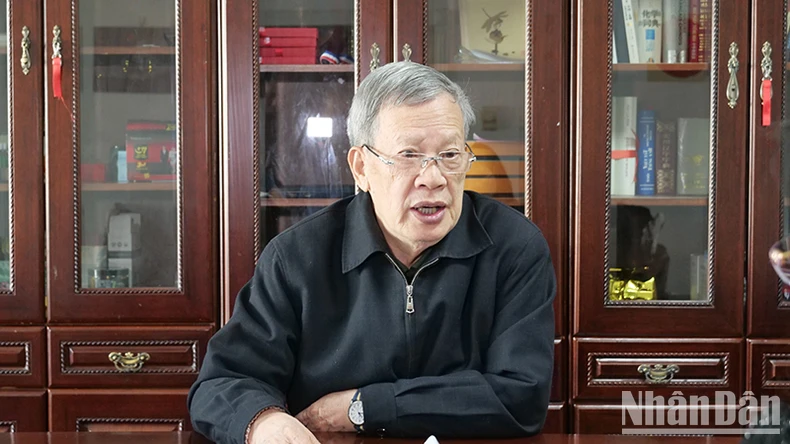
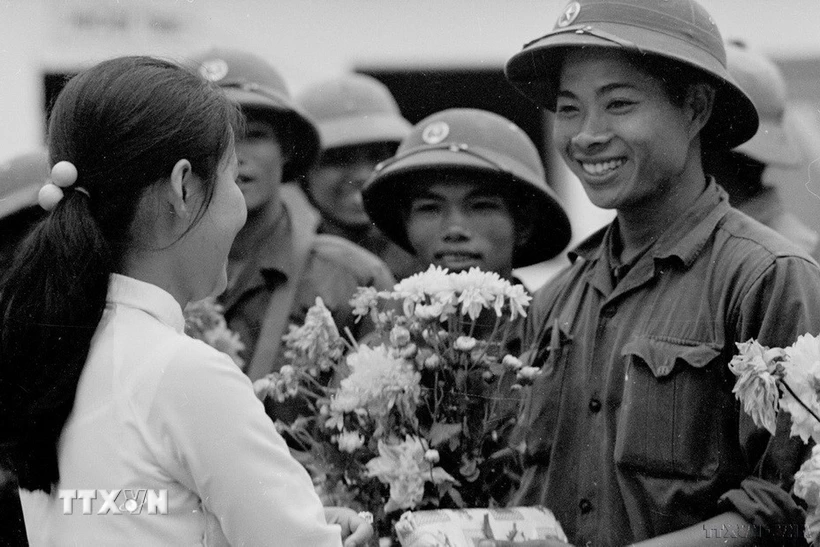
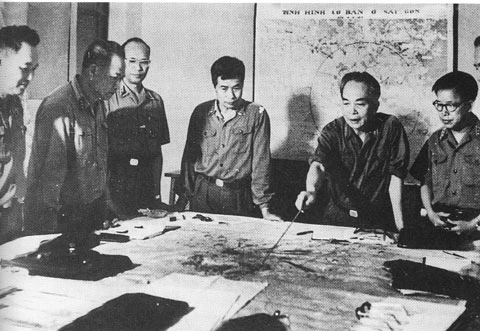





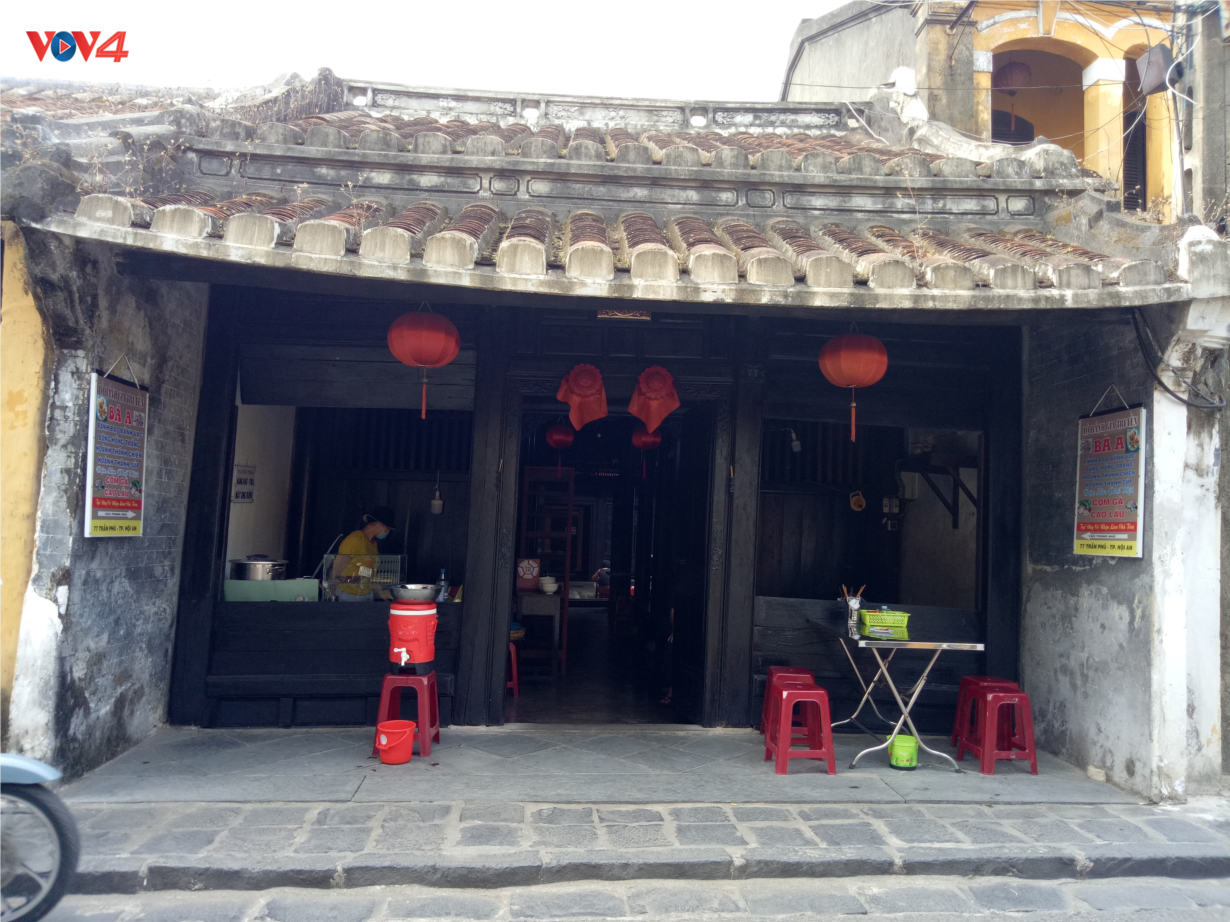
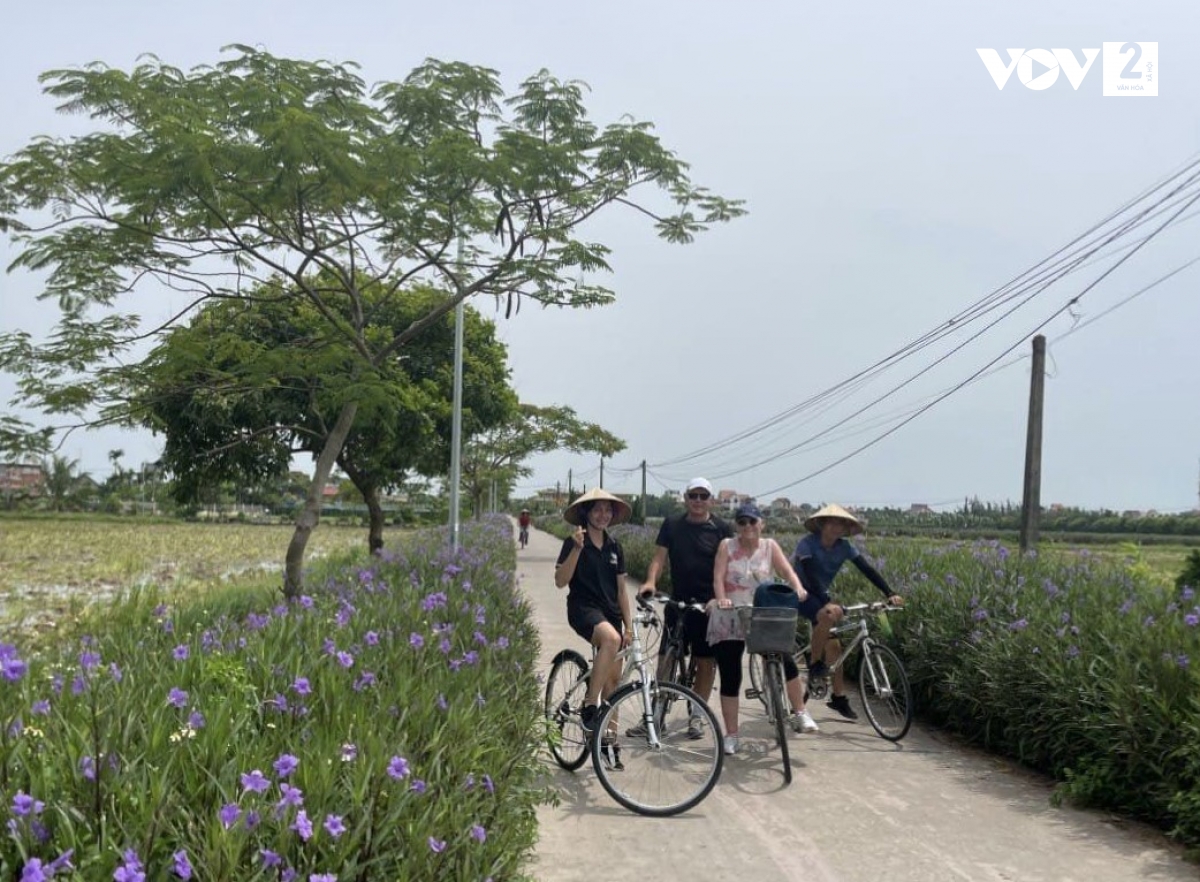
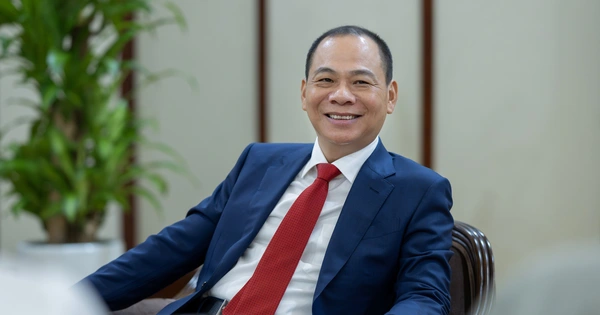
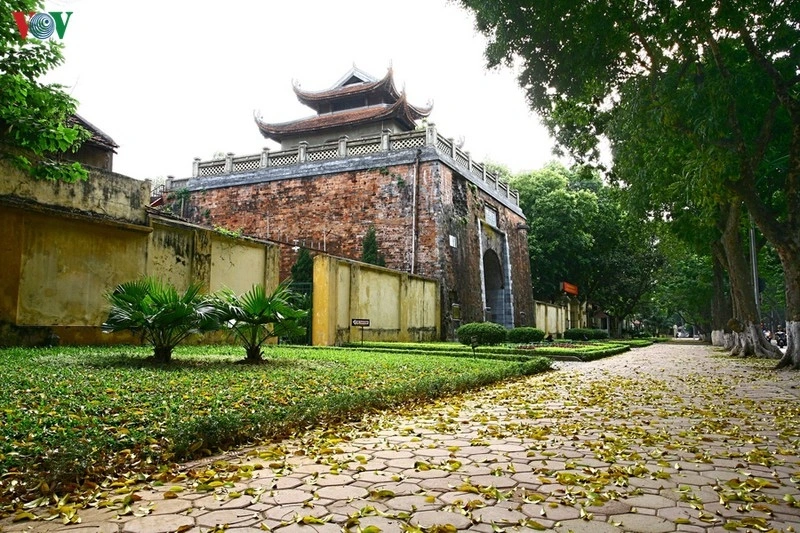
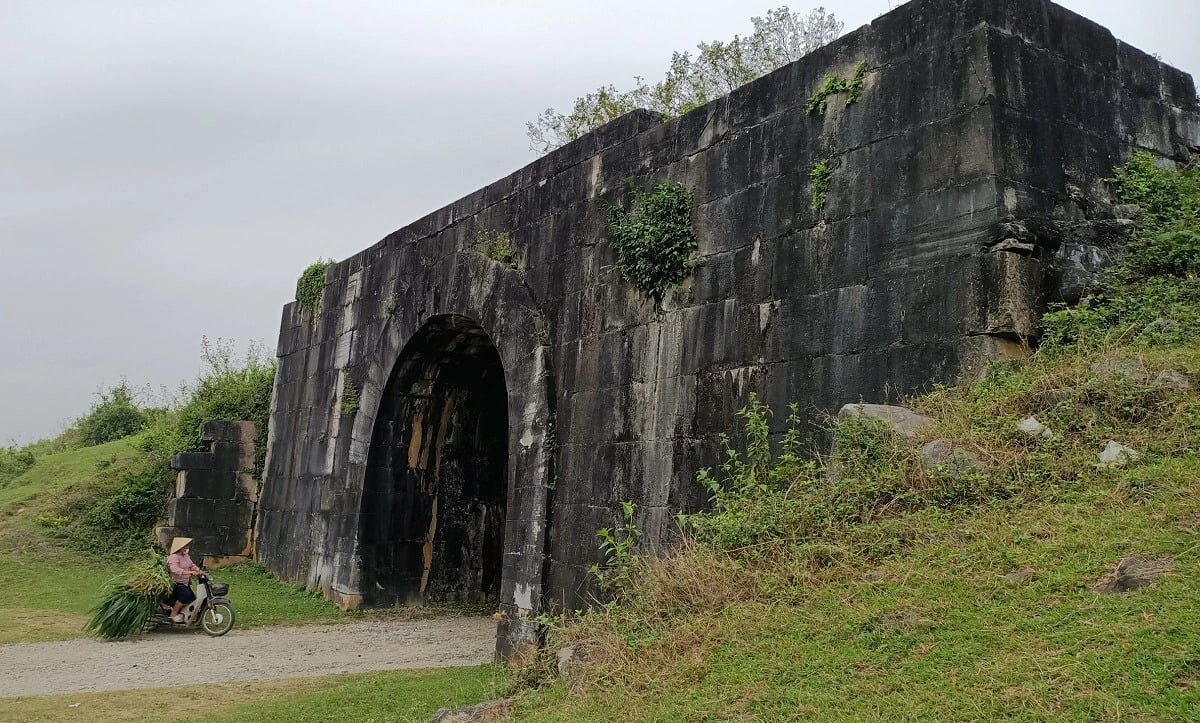
























![[Video] Viettel officially puts into operation the largest submarine optical cable line in Vietnam](https://vstatic.vietnam.vn/vietnam/resource/IMAGE/2025/4/17/f19008c6010c4a538cc422cb791ca0a1)
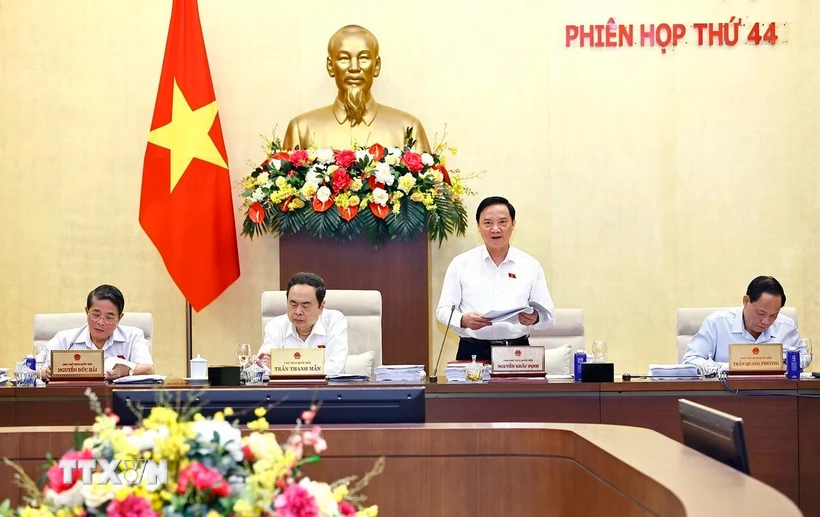
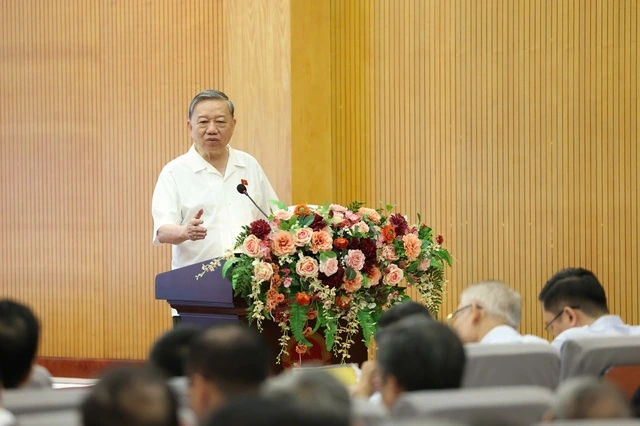

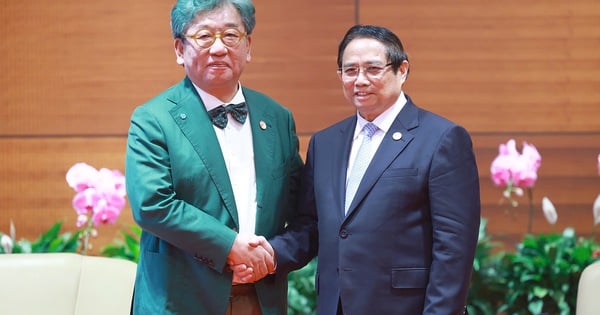

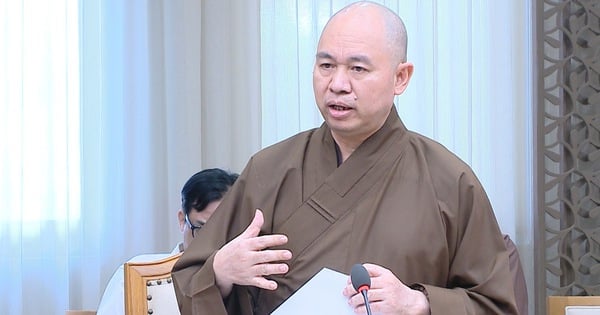
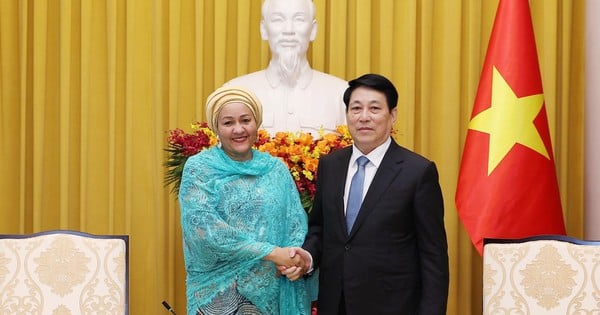
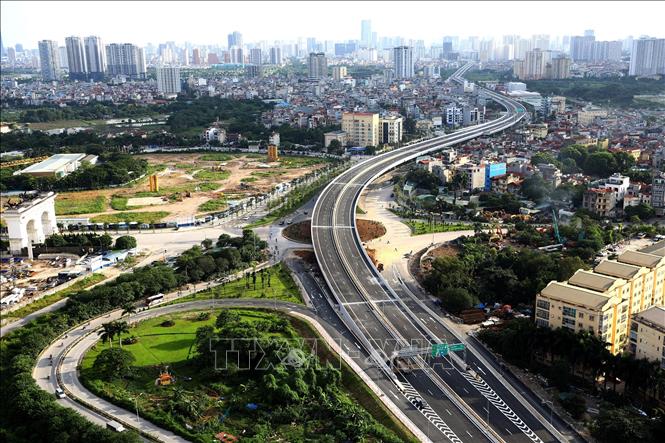

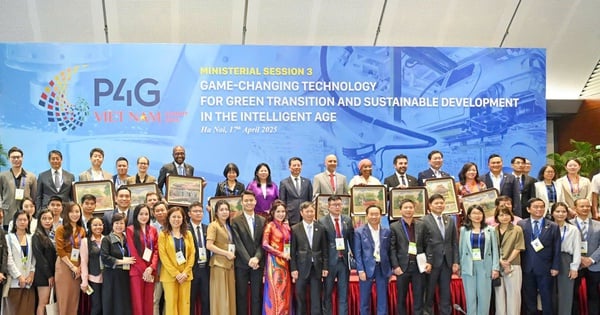

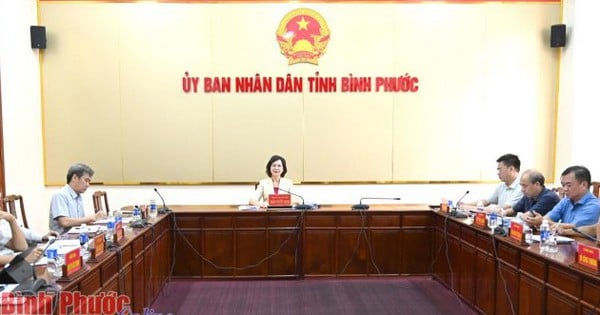


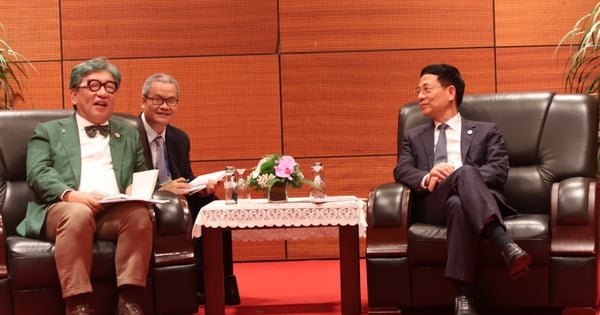
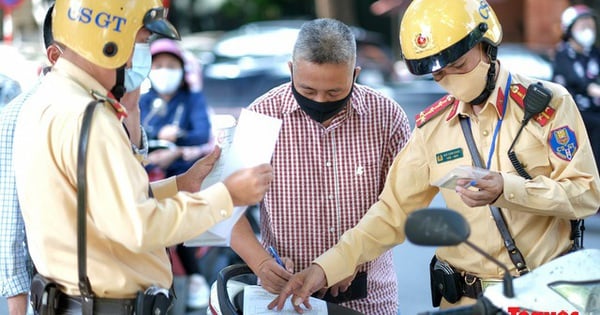
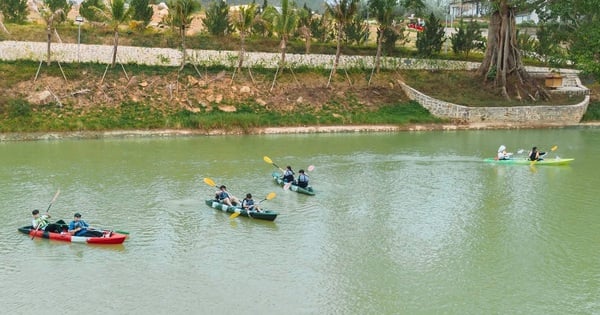
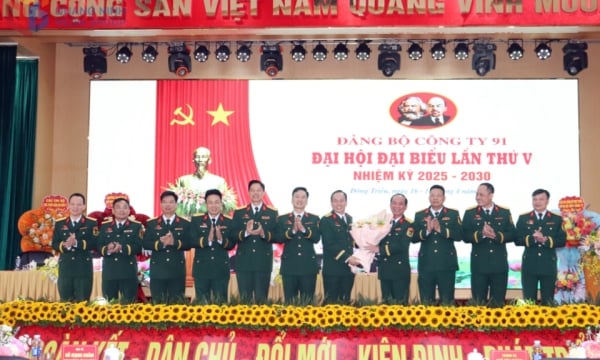

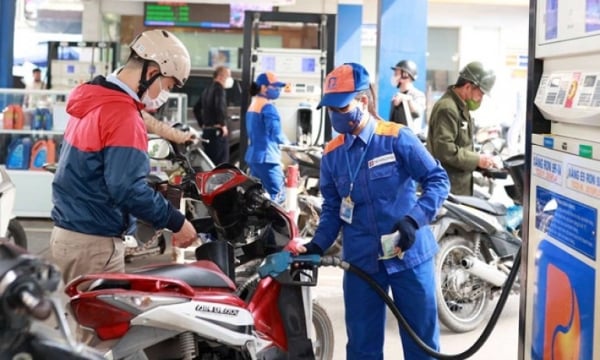
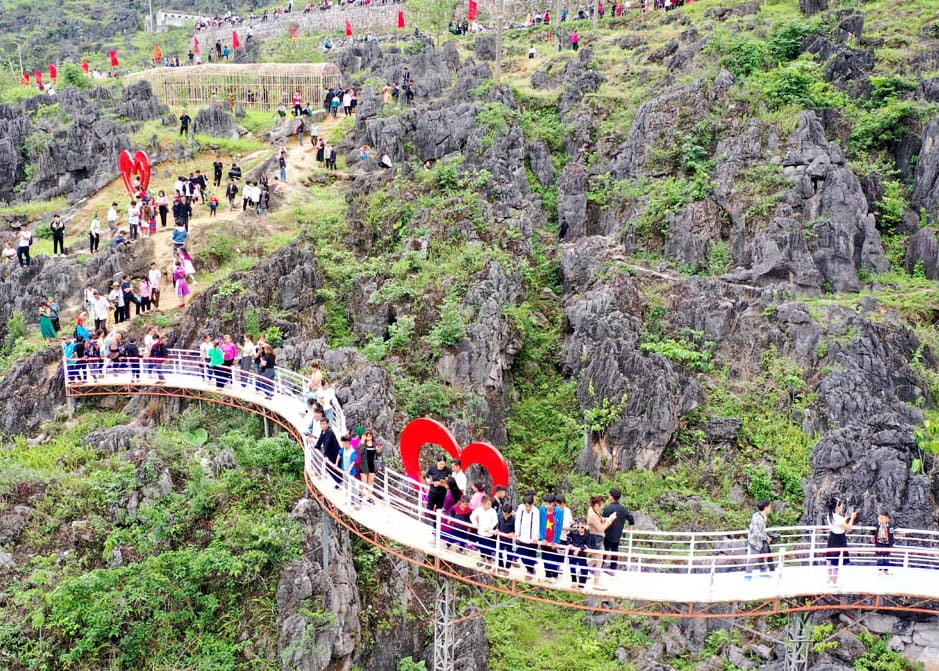

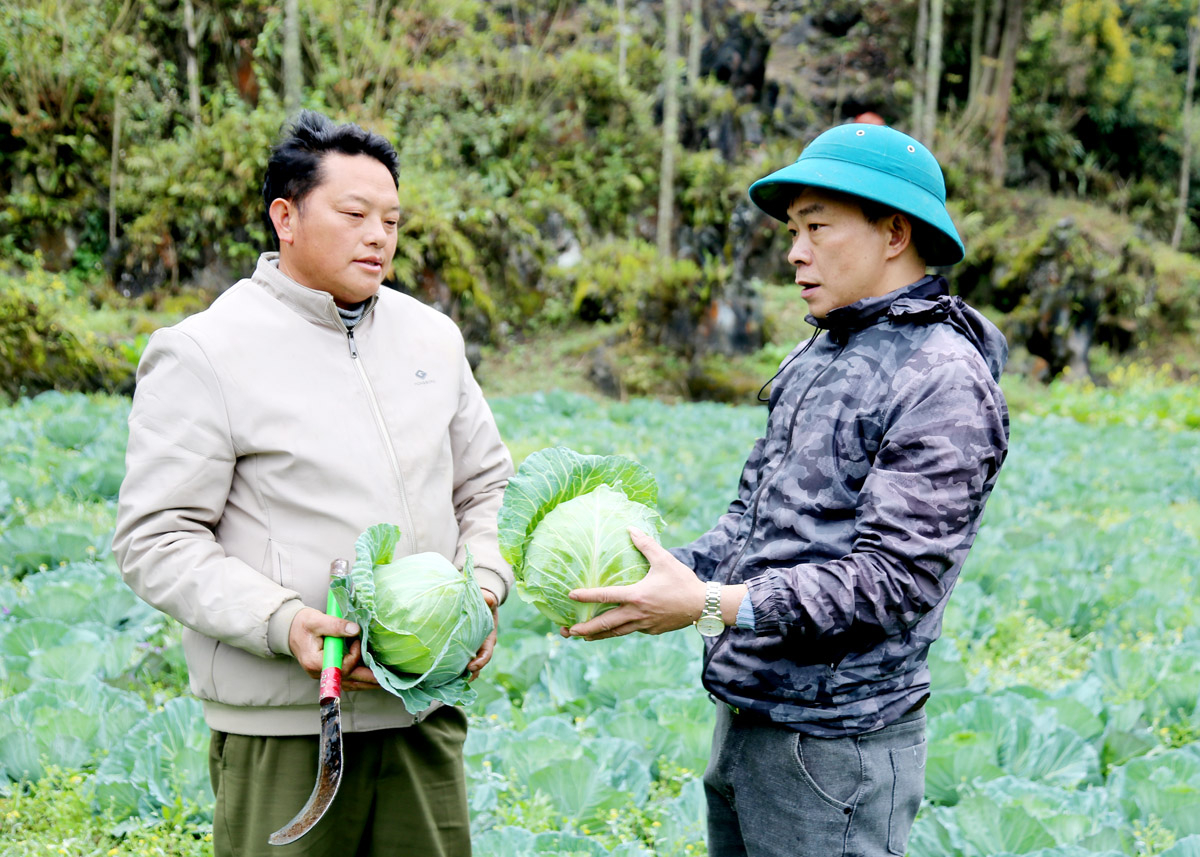
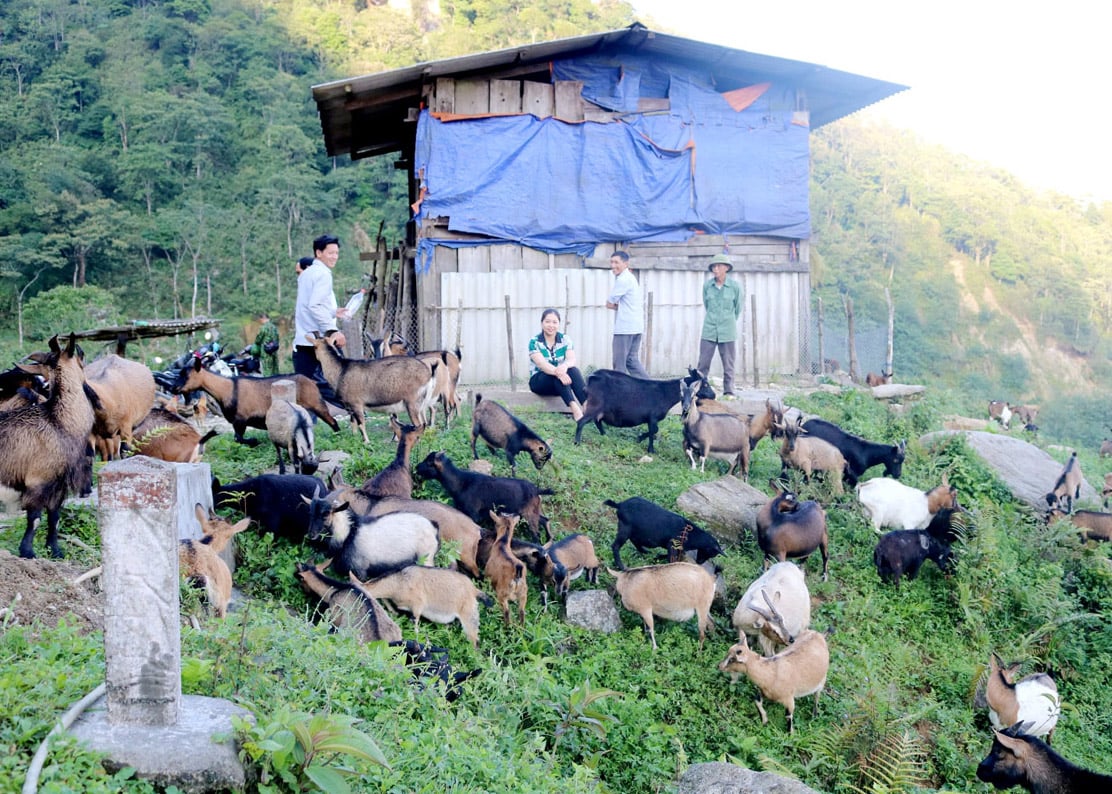














Comment (0)